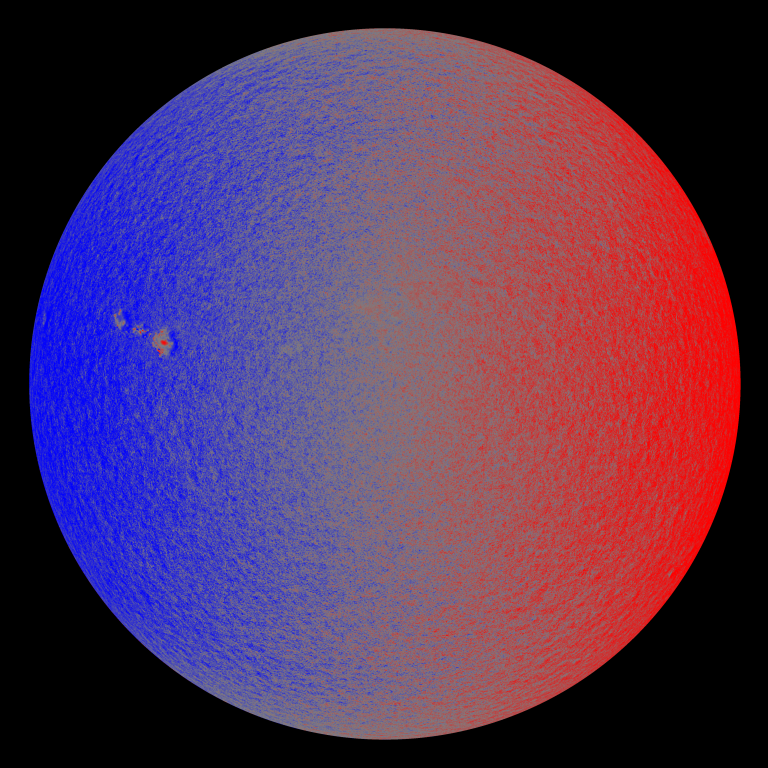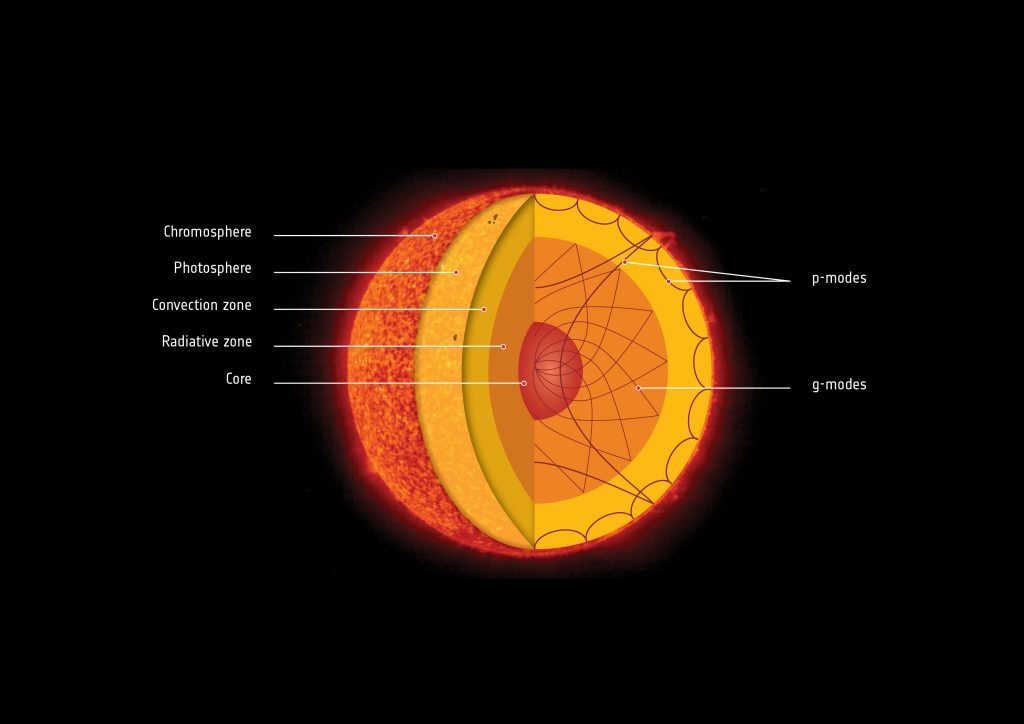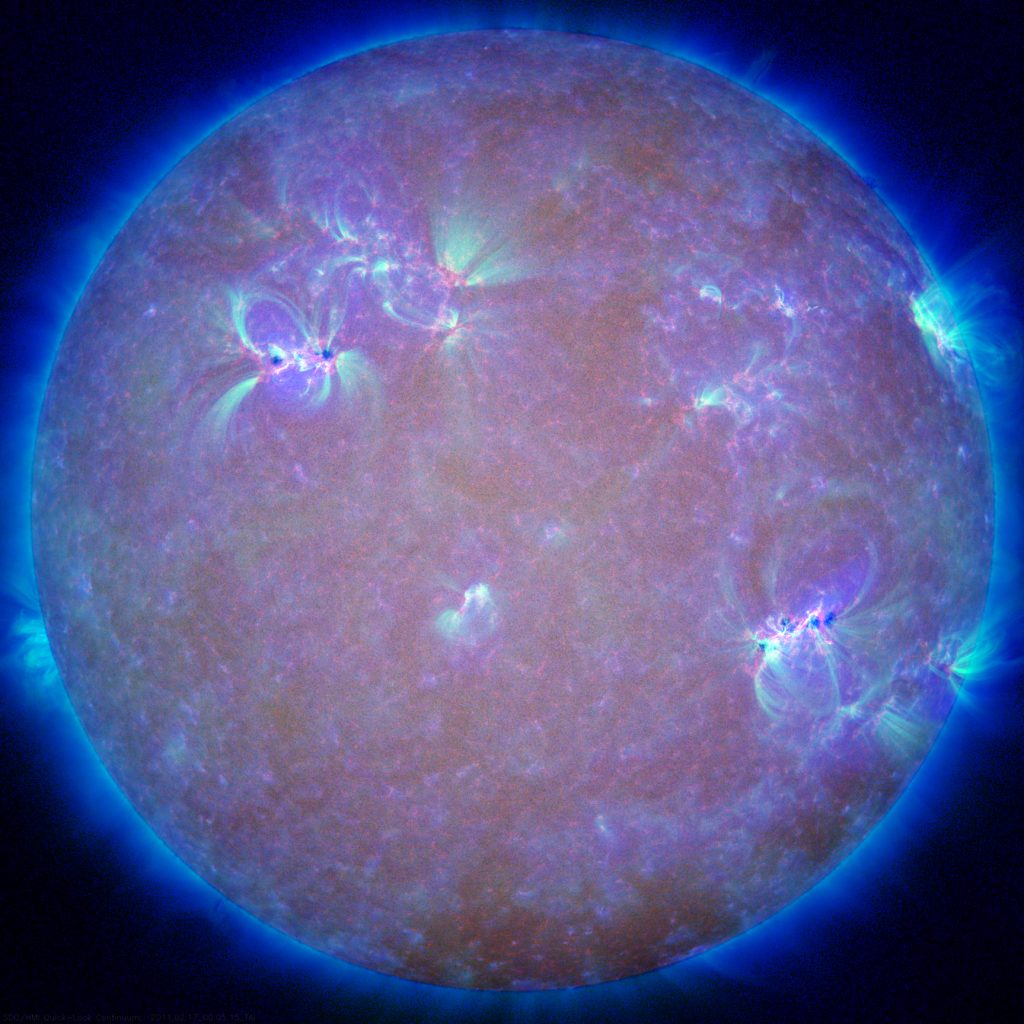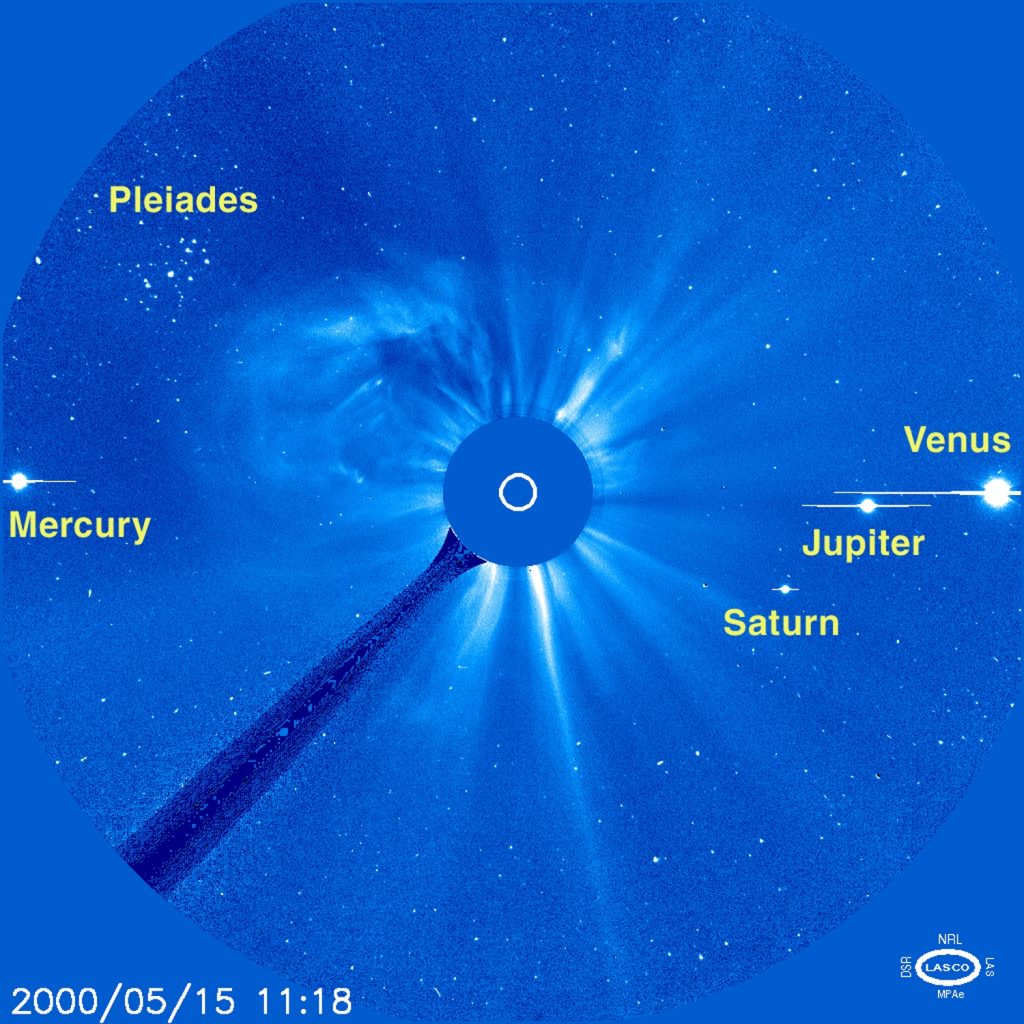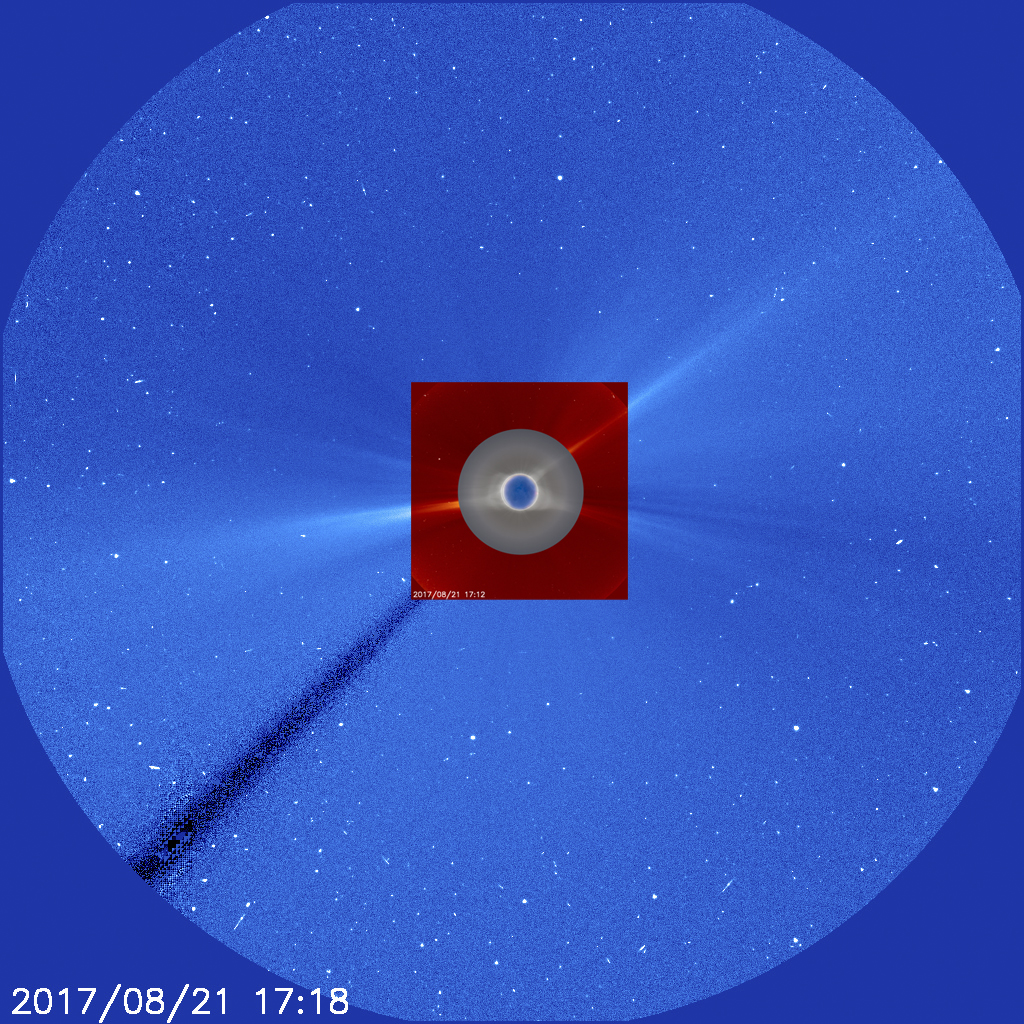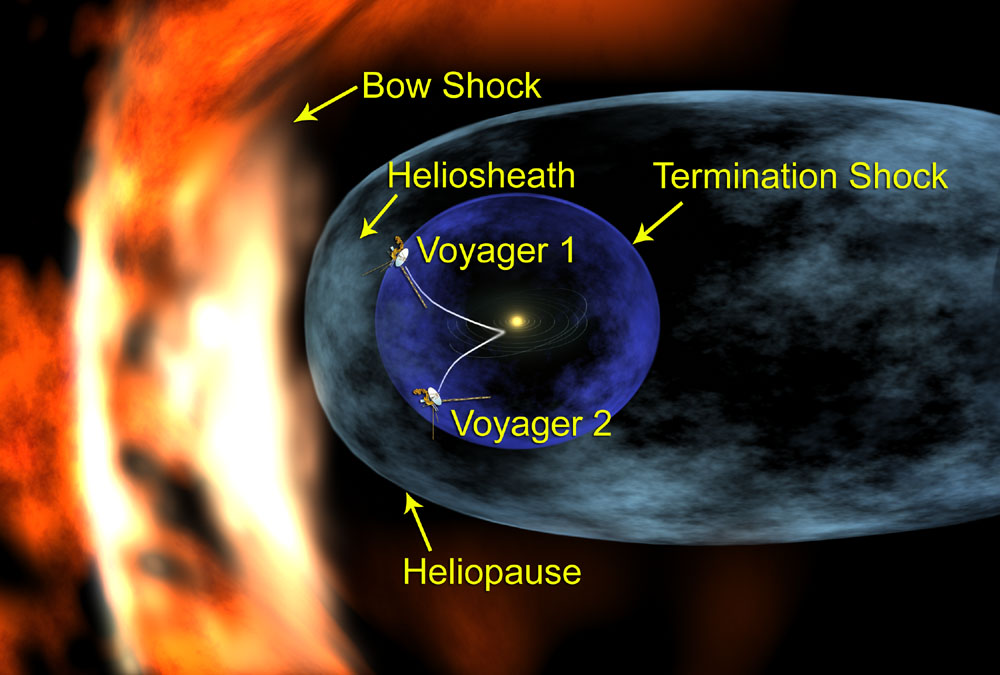The Sun's Structure
The Core
Radiative Zone
Convective Zone
Photosphere

What are Kelvins?
Kelvins are a unit of absolute temperature. A difference of 1 Kelvin is equal to a difference of 1 degree Celsius. However, 0 Kelvin is zero temperature. The freezing point of water is 273 Kelvin (0 degrees Celsius) and the boiling point of water is 373 Kelvin (100 Celsius).
Chromosphere
Corona
Above the chromosphere is the Sun’s outer atmosphere. It is called the corona, and can be seen in visible light during total eclipses of the Sun. It extends far out into space. The density of the corona is very low (around 1 proton per cubic centimeter), but the temperature is very high, around 1 million Kelvin. The corona is so hot that it emits extremely energetic ultraviolet light as well as X-rays.

Temperature of the corona
Even though the corona has a very high temperature, it has very little thermal energy. This is because its density is very low. Temperature measures the average energy of particles in a substance, but thermal energy measures the total energy of all the particles. Even when all the particles individually have a lot of energy, if there are very few of them, then the total energy is low. Think about the difference between an oven and a boiling pot of water. The temperatures used for cooking in an oven are often much hotter than the temperature of boiling water (373 K). Yet one regularly can stick their hand into a hot oven to remove the contents without getting burned, whereas one would not even think about sticking their hand in a pot of boiling water to remove the contents. The water has a lower temperature, but its density is so much greater. So the thermal energy in the water is actually greater than the thermal energy in the oven.
Solar Wind
Heliosphere
Activities
Hands-On
- Solar Cookies - Create your own edible representation of the Sun using cookies and other baking materials
- Electromagnetic Spectrum - Create your own poster describing the electromagnetic spectrum and some everyday sources and detectors of the different wavelengths of light
- Detecting Invisible Light - Explore different wavelengths of light at stations to determine what can shield or transmit those kinds of light.
Online
